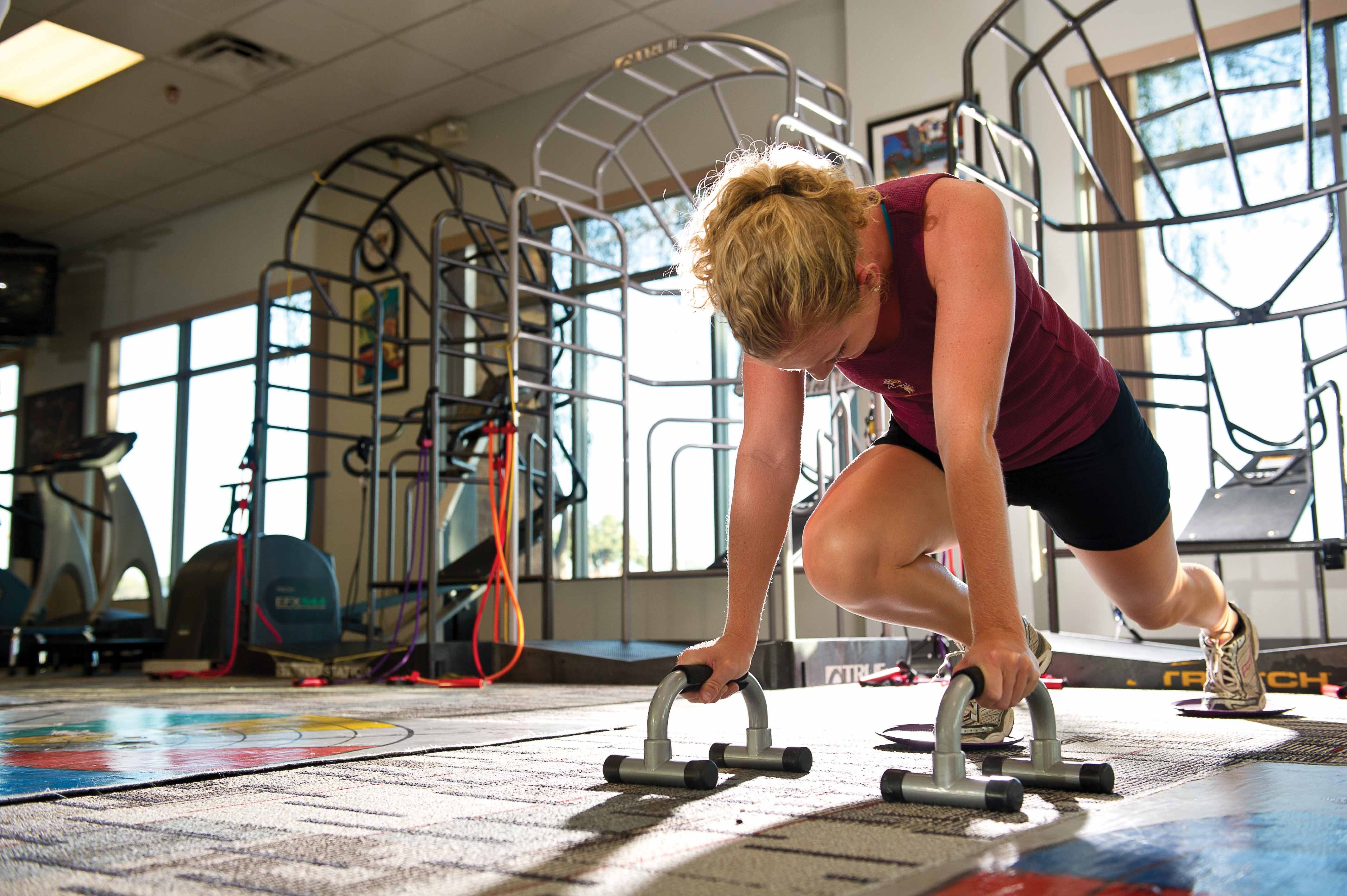Injury Prevention Advice For Triathletes

It's important to include a strength-training routine your training plan. Photo: Nils Nilsen
Injury can definitely derail the rhythm of your training program, so it’s smart to practice preventive measures. Thankfully many injury prevention methods can also make you faster and more efficient in the sport.
First, it is critical to implement a strength-training program that trains your body in all three dimensions (see sidebar for ideas). This approach allows your body to recruit more muscle fibers, helping you maintain form when you become fatigued (like during those last couple miles of the run!). Also, by strengthening through upright, functional movement patterns, you can avoid isolation and correct any muscular imbalances that would likely lead to injury. By doing exercises that allow your body to respond to the typical ground reaction forces, you will help strengthen the natural “shock absorbers” of the body.
Second, give yourself time before and after a workout to follow a sufficient dynamic warm-up/cool-down routine. This will help maintain flexibility and avoid muscle strains. Don’t hesitate to use heat to warm up stiff muscles or ice post-workout to minimize inflammation. Using a foam roller and getting an occasional massage are effective in helping with muscle recovery and minimizing the chance of muscle strain or chronic tendon damage. These simple procedures will make big differences in your longevity.
Third, proper fueling with the correct nutrition is another step in injury prevention—not only what you put in your body, but at what time. Eating the appropriate balance of calories before a big workout, replenishing water and electrolytes during, and making sure you take in sufficient protein shortly after your workouts to help repair damaged muscle is critical. And always make the choice of real food over processed food.
Most importantly, always listen to your own body—you know it better than anyone else.
RELATED: The End Of Injury
Two Ways to Get More Functional!
– Try a single-leg squat while reaching both hands to three different angles in front of your toes. This not only recruits more hip/glute muscles, but actively engages your core to maintain balance.
– Change up the traditional lunge with a 90-degree open rotational lunge. Lunge out with your right leg, and reach a dumbbell (in your right hand) to the floor in front of your right shin, then come back to standing while punching diagonally across the body. The transverse plane movement will increase muscle recruitment in hips/legs and activate the core in the rotational plane.
RELATED:
– Injury Prevention Advice From Professional Triathletes
– Med Tent: Take Care Of Your Kinetic Chain
– One-Hour Workout: Functional Strength Work
Follow Triathlete on Twitter @Triathletemag for inspiration, new workout ideas, gear reviews from our editors and more.